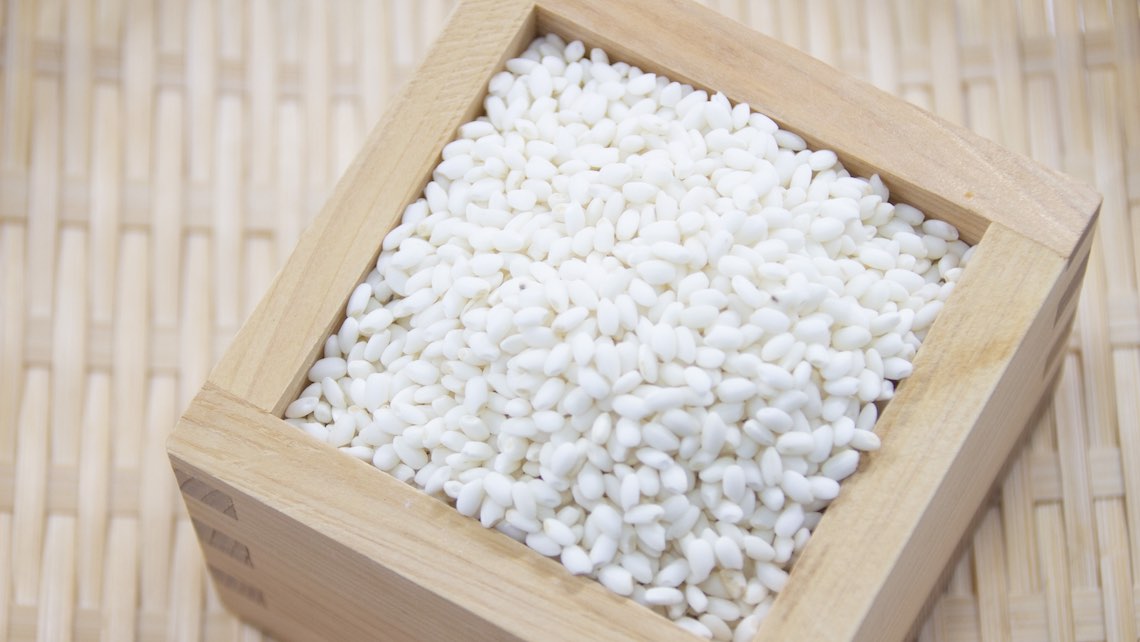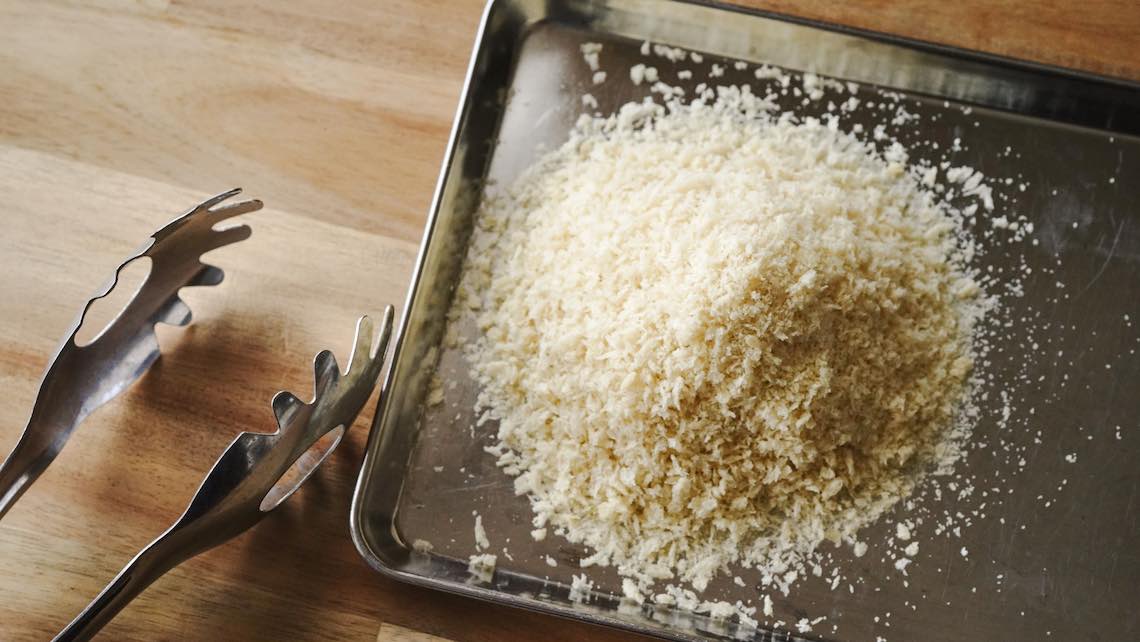White Rice [Hakumai]

Japanese Name and Pronunciation:

[hakumai]
Japanese cuisine revolves around white rice, a fundamental and indispensable element. Its versatile nature harmonizes with a myriad of dishes, allowing the delicate flavors and vibrant colors of the accompanying ingredients to shine. Whether enjoyed alone or as a complement to other culinary creations, white rice symbolizes the essence of traditional Japanese cooking.
Japan’s rice cultivation boasts an impressive array of varieties, with a staggering 824 different strains registered as of 2019. Among these, several stand out for their widespread cultivation and popularity.
Let’s explore the characteristics of the most prominently grown rice varieties in Japan:
Names of Typical White Rice Varieties
Koshihikari
As the undisputed king of Japanese rice, Koshihikari holds the top position with a cultivation area of 35% among Japan’s white rice varieties. Renowned for its plump grains, slightly sweet flavor, and delicate aroma, Koshihikari is cherished for its soft and sticky texture, making it an ideal choice for sushi, onigiri, and traditional Japanese dishes.
Hitomebore
Hitomebore rice, with its glossy appearance and delightful fragrance, offers a balanced flavor profile. Its slightly sticky texture enhances the enjoyment of sushi, chirashi-zushi, and Japanese-style curry.
Hinohikari
Hinohikari rice boasts a unique combination of sweetness and umami. With a firm texture and less stickiness, it finds applications in donburi, fried rice, and nimono, among other dishes.
Akitakomachi
Hailing from the Akita region, Akitakomachi rice stands out with its rich flavor and slight stickiness. It lends itself well to traditional Japanese dishes such as oyakodon and ochazuke.
Nanatsuboshi
Nanatsuboshi rice is a versatile variety known for its medium grain size, balanced flavor, and moderate stickiness. It can be used for various dishes, including sushi, onigiri, and rice bowls.
Each of these rice varieties contributes unique characteristics to Japan’s culinary landscape, reflecting the meticulous cultivation techniques and regional preferences found throughout the country. Whether you seek the delicate subtlety of Koshihikari or the aromatic allure of Hitomebore, Japanese white rice offers a captivating tapestry of flavors, textures, and culinary possibilities.
Next time you indulge in a steaming bowl of Japanese white rice, savor the diversity and richness that these varieties bring, embodying the essence of Japan’s agricultural heritage.






